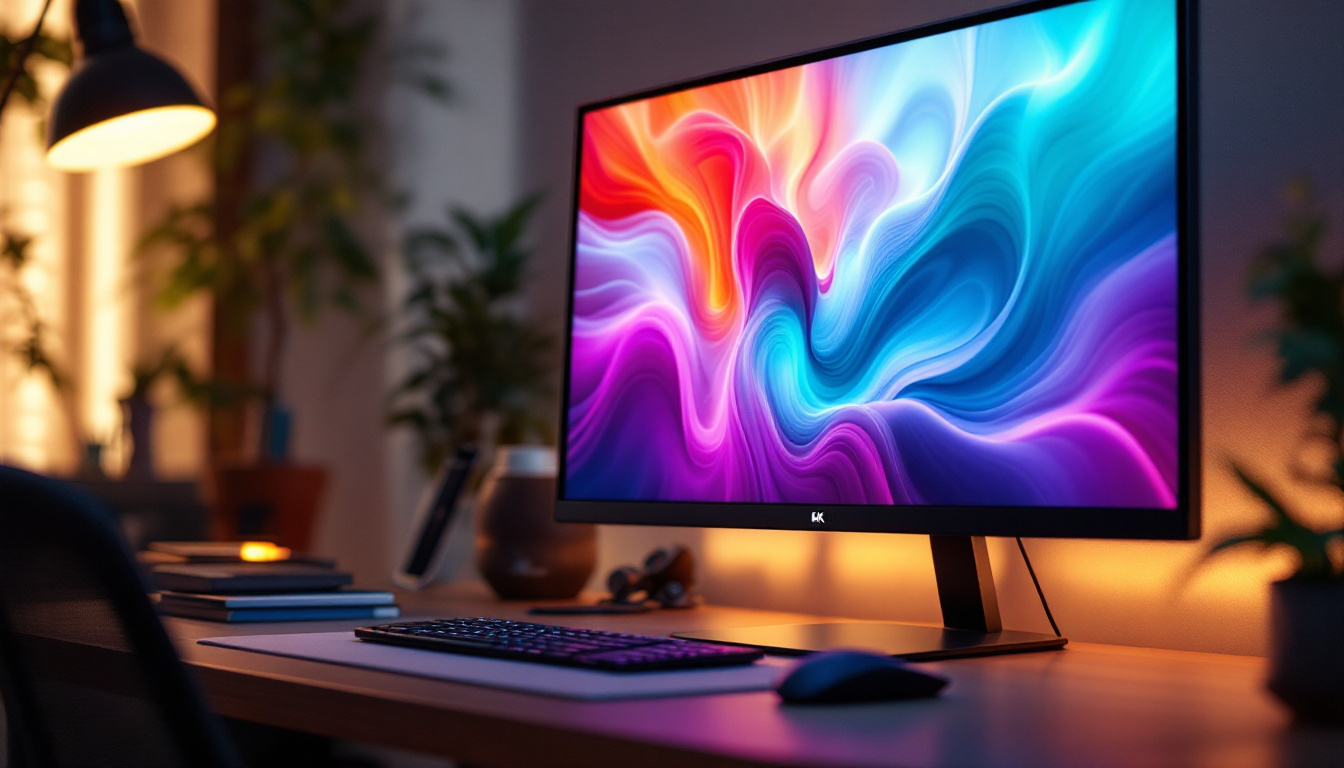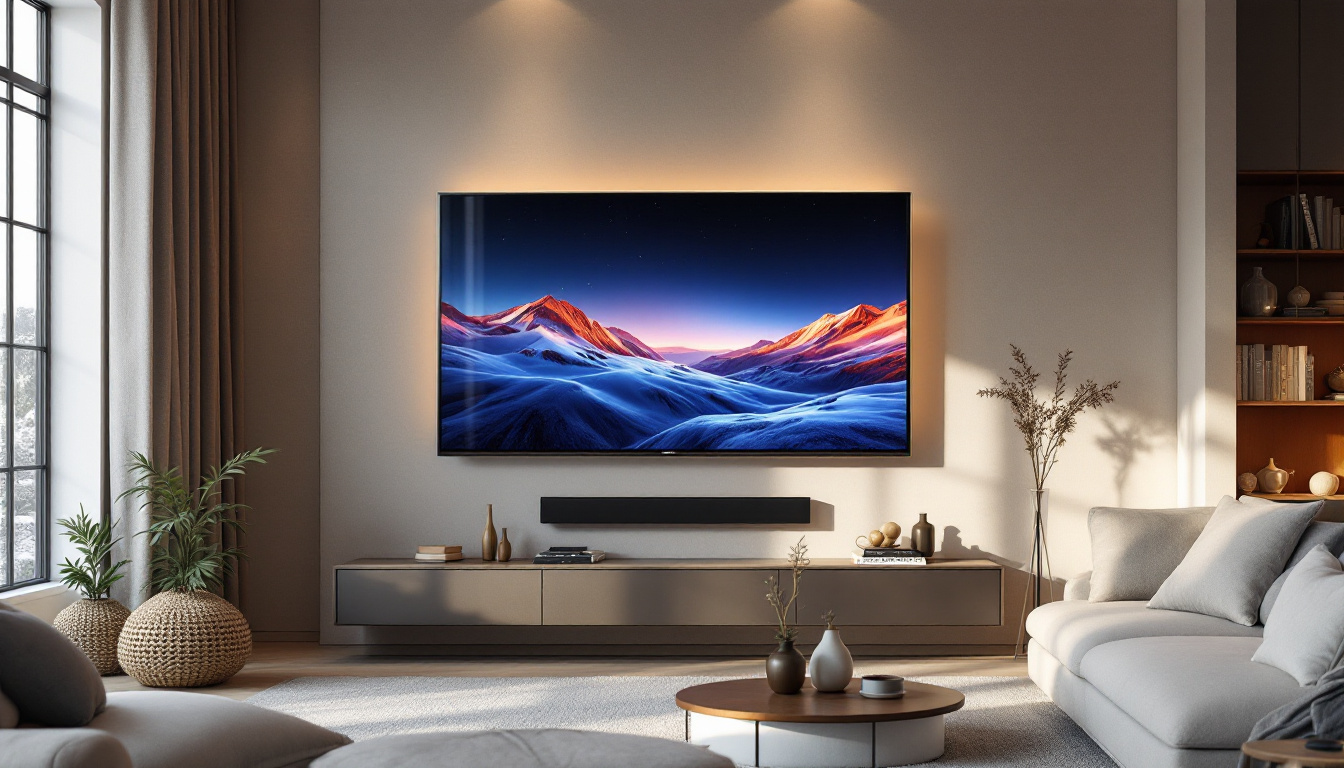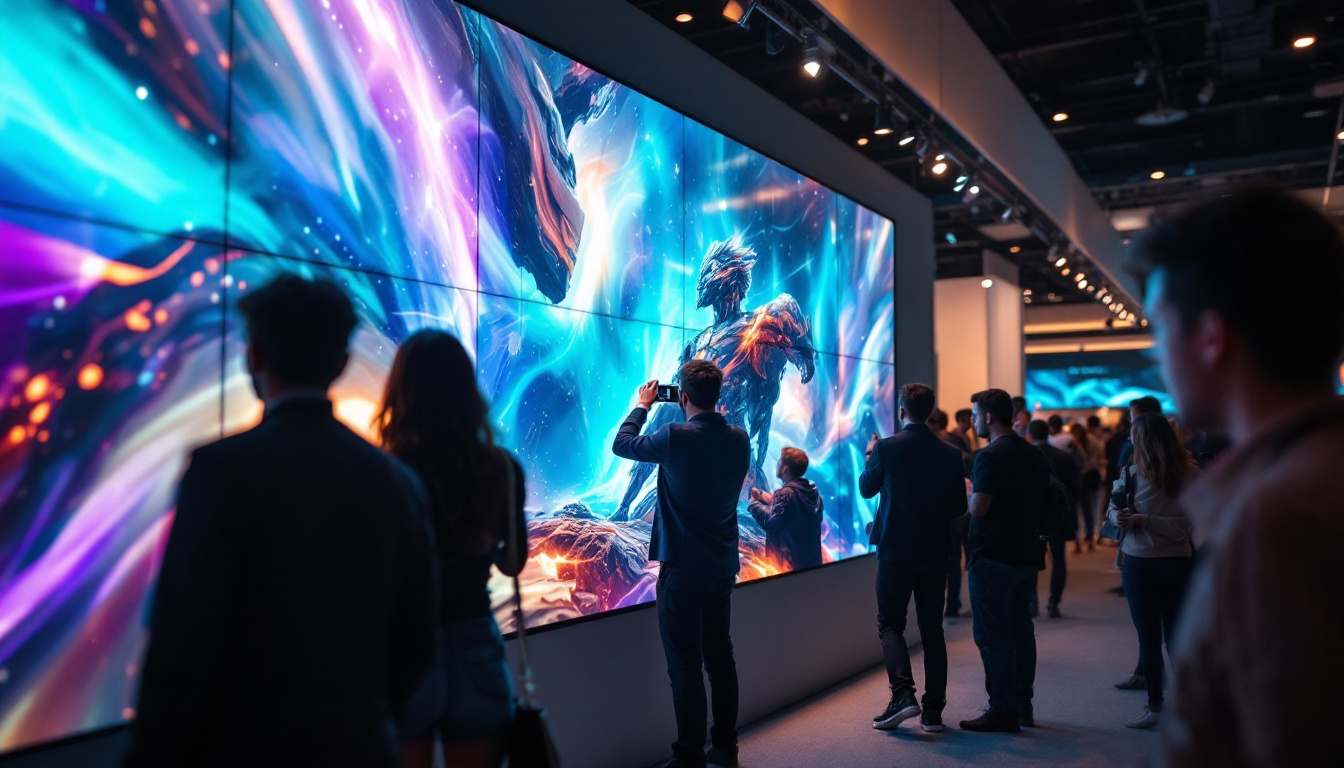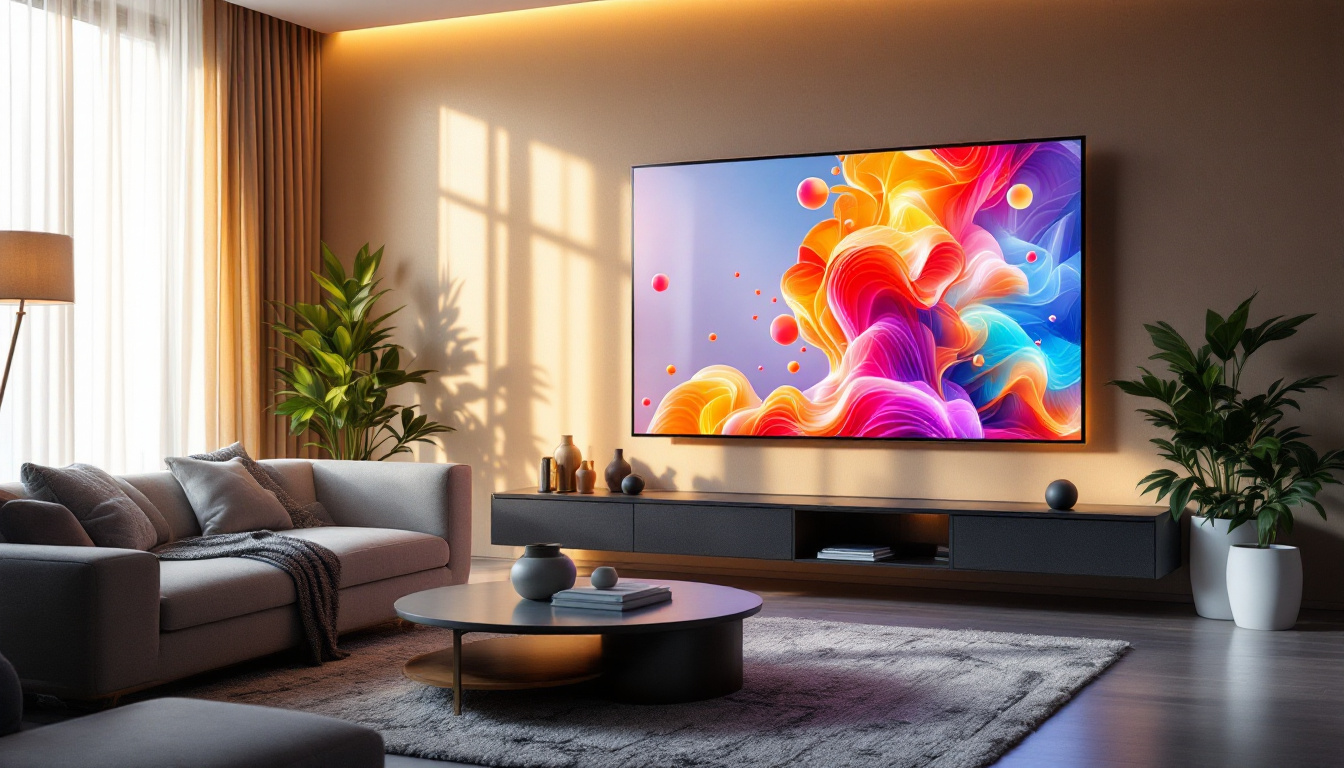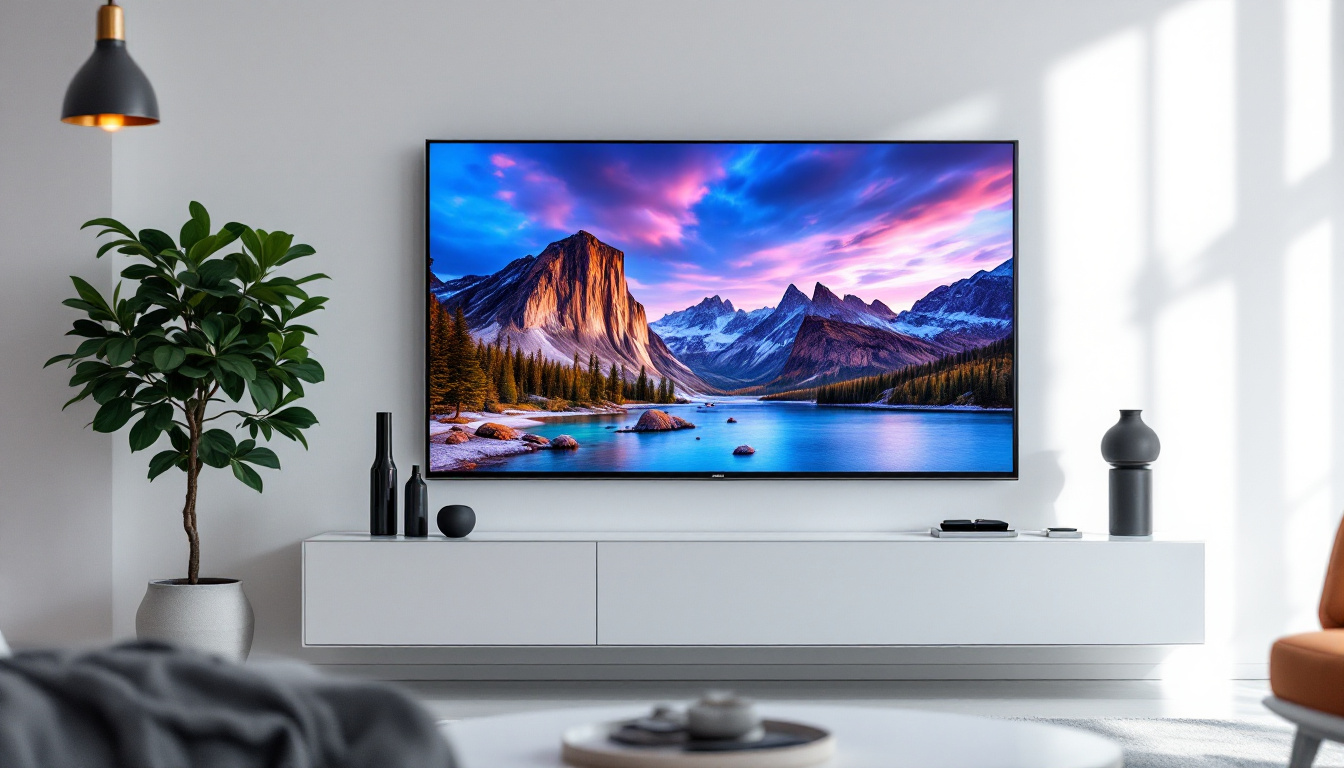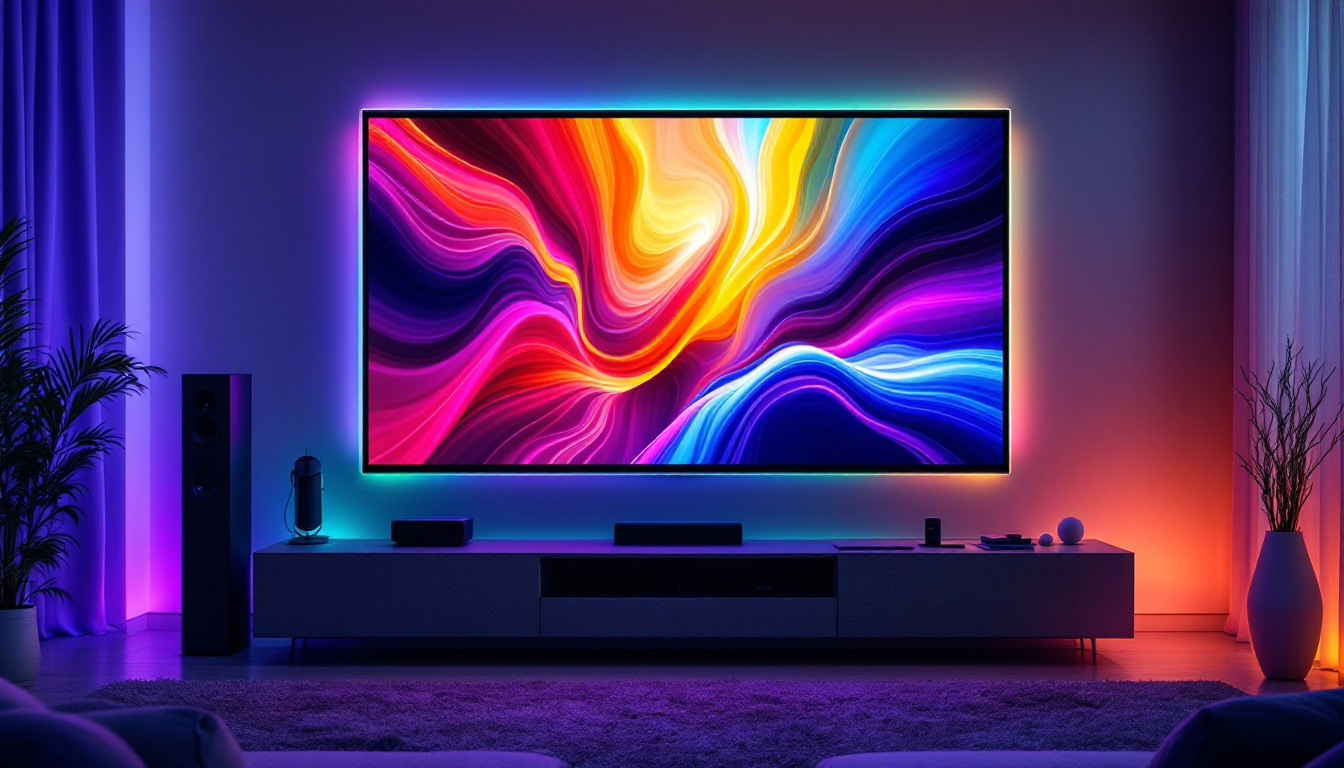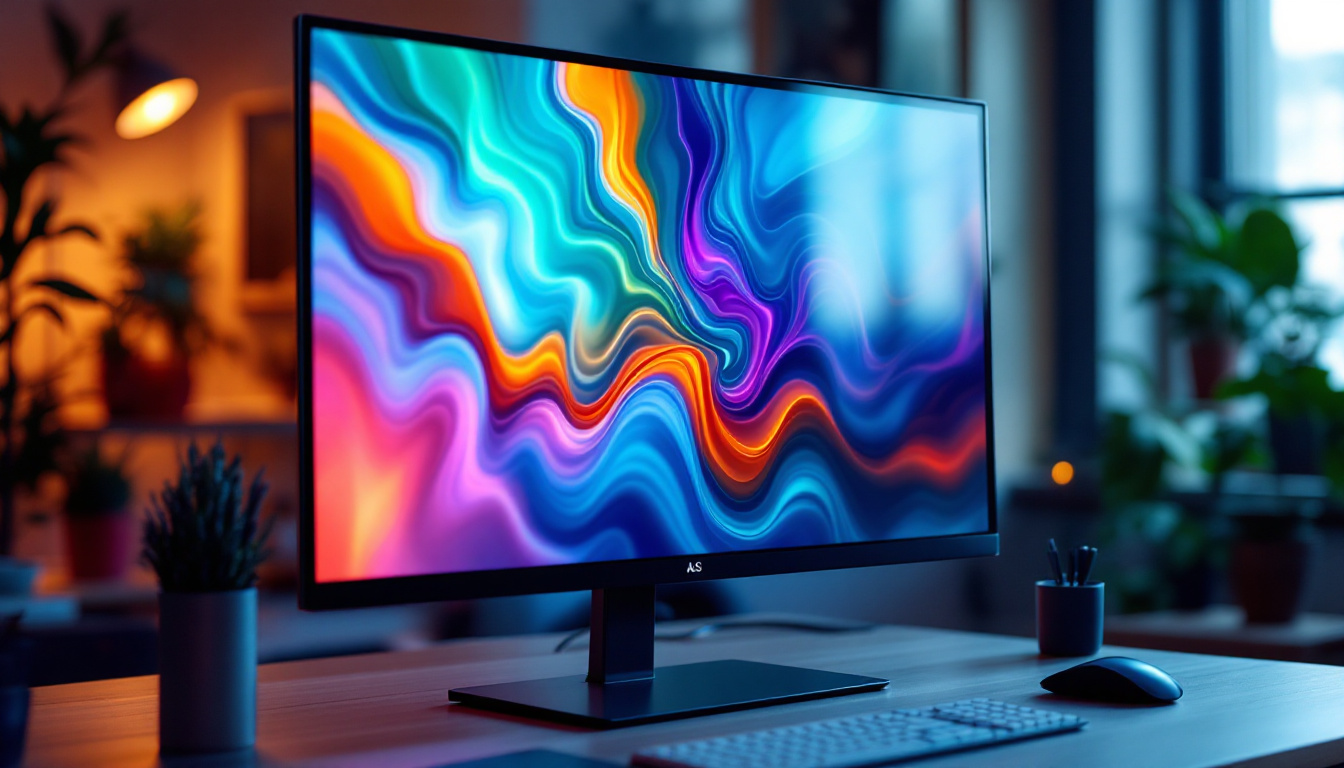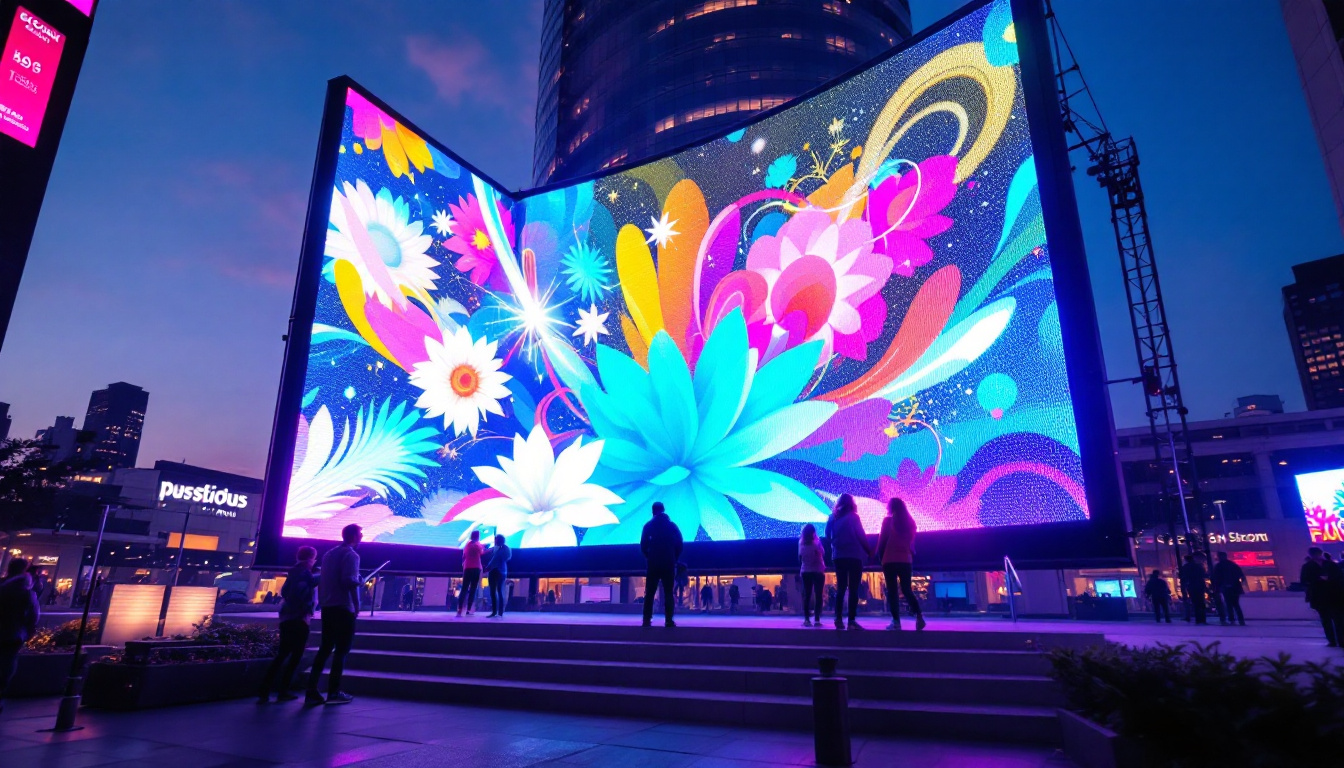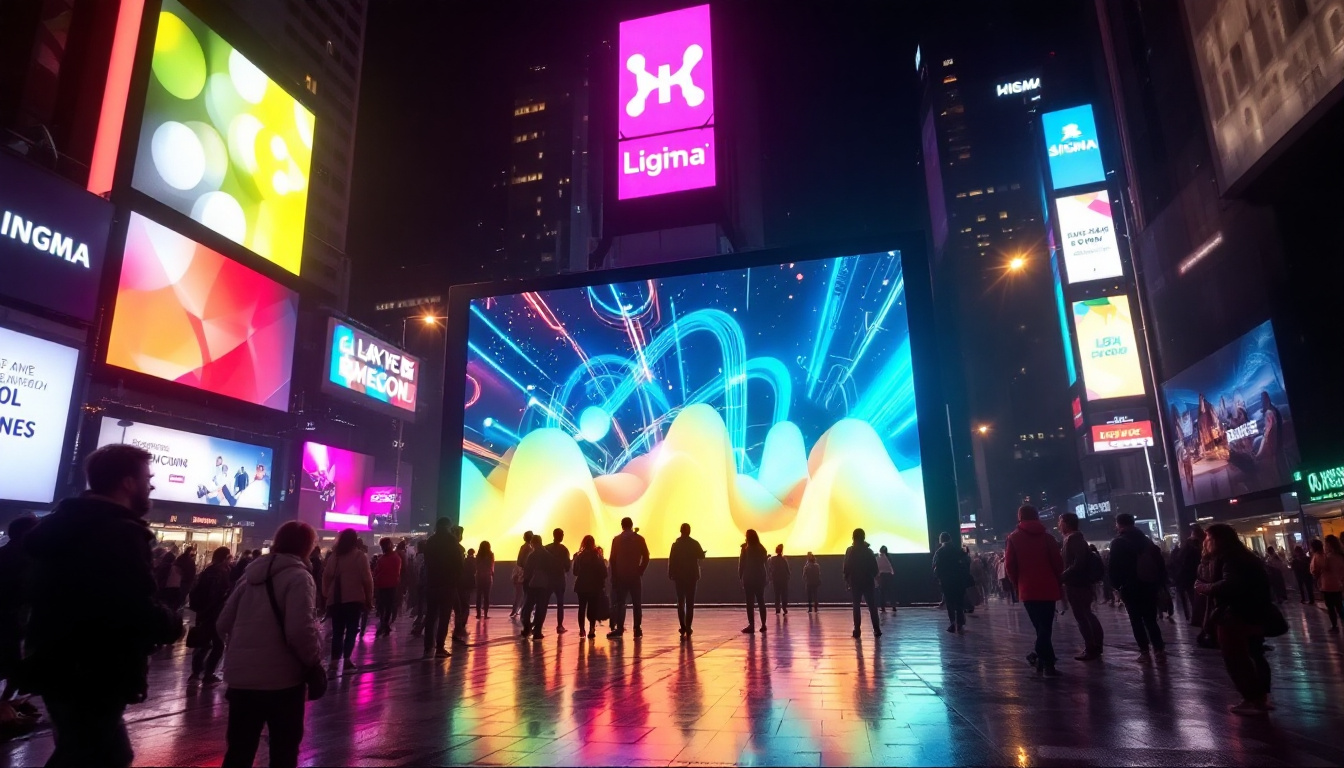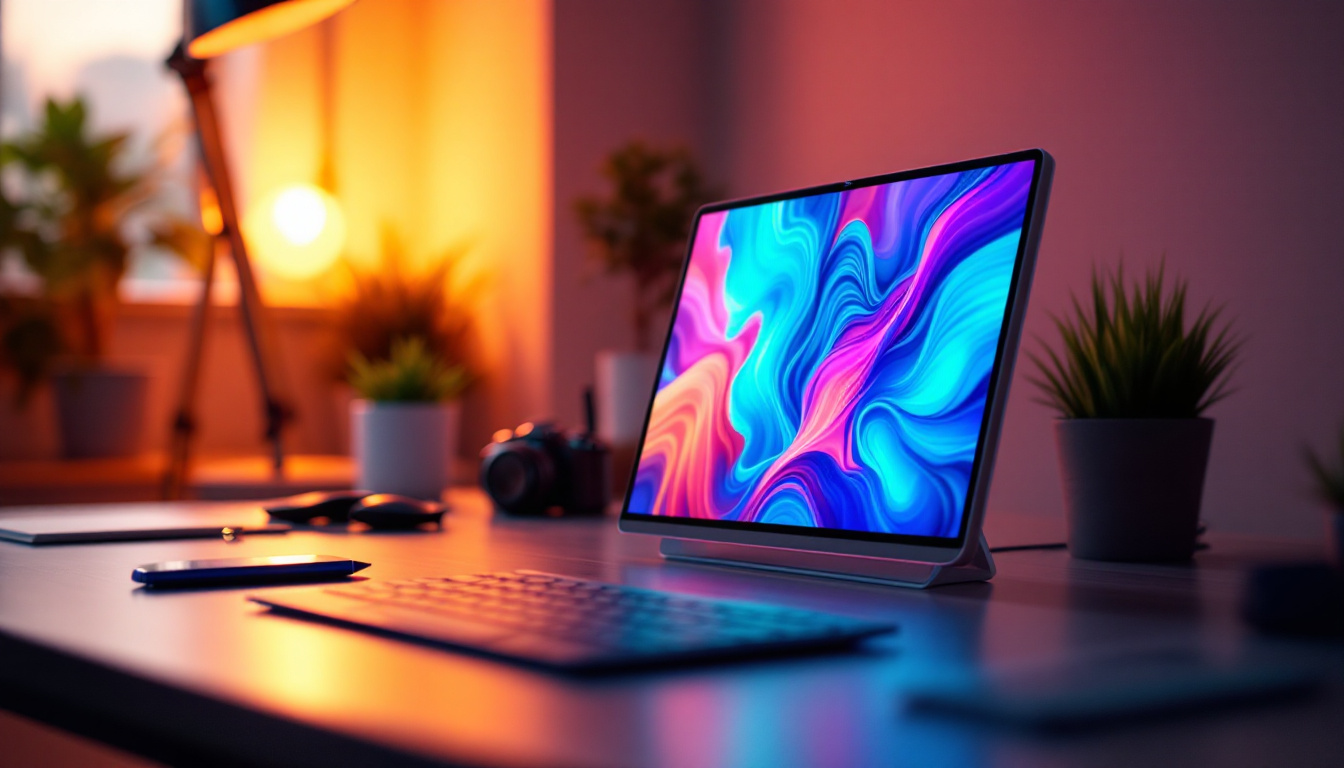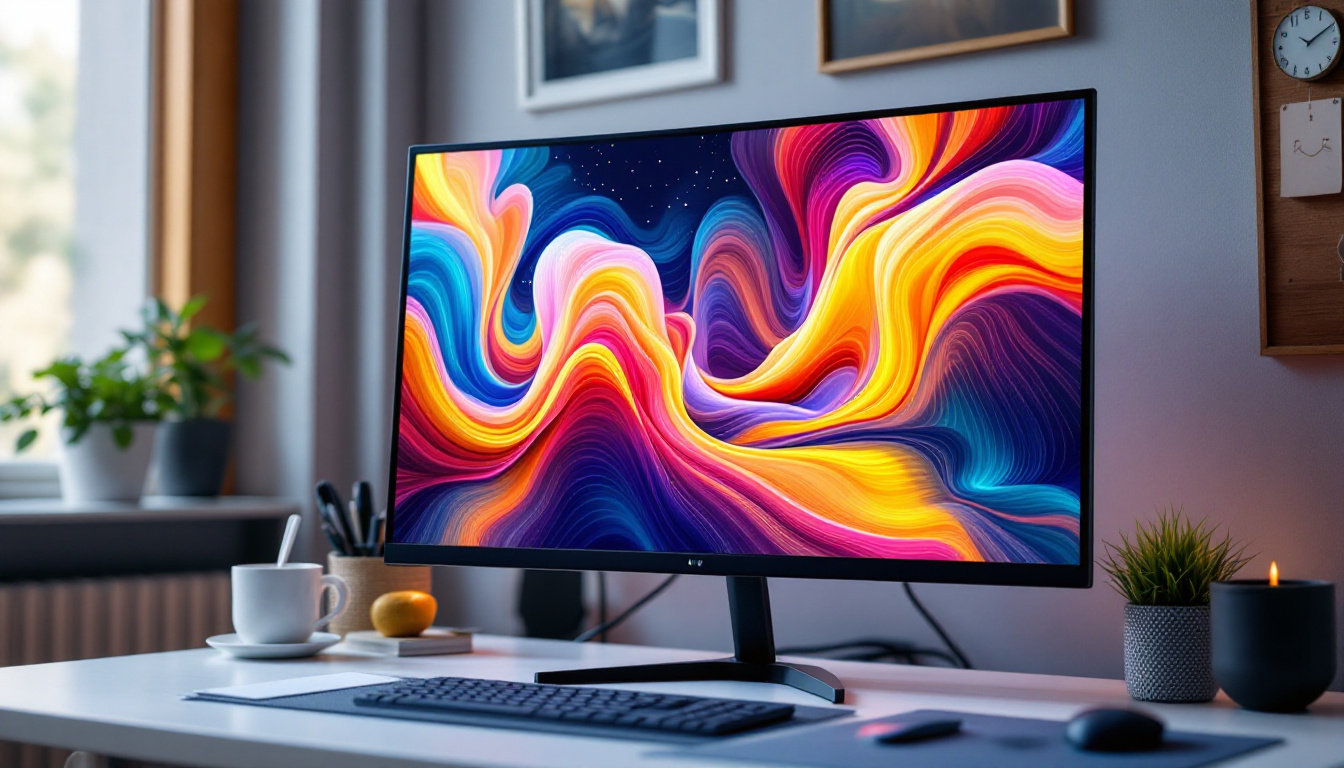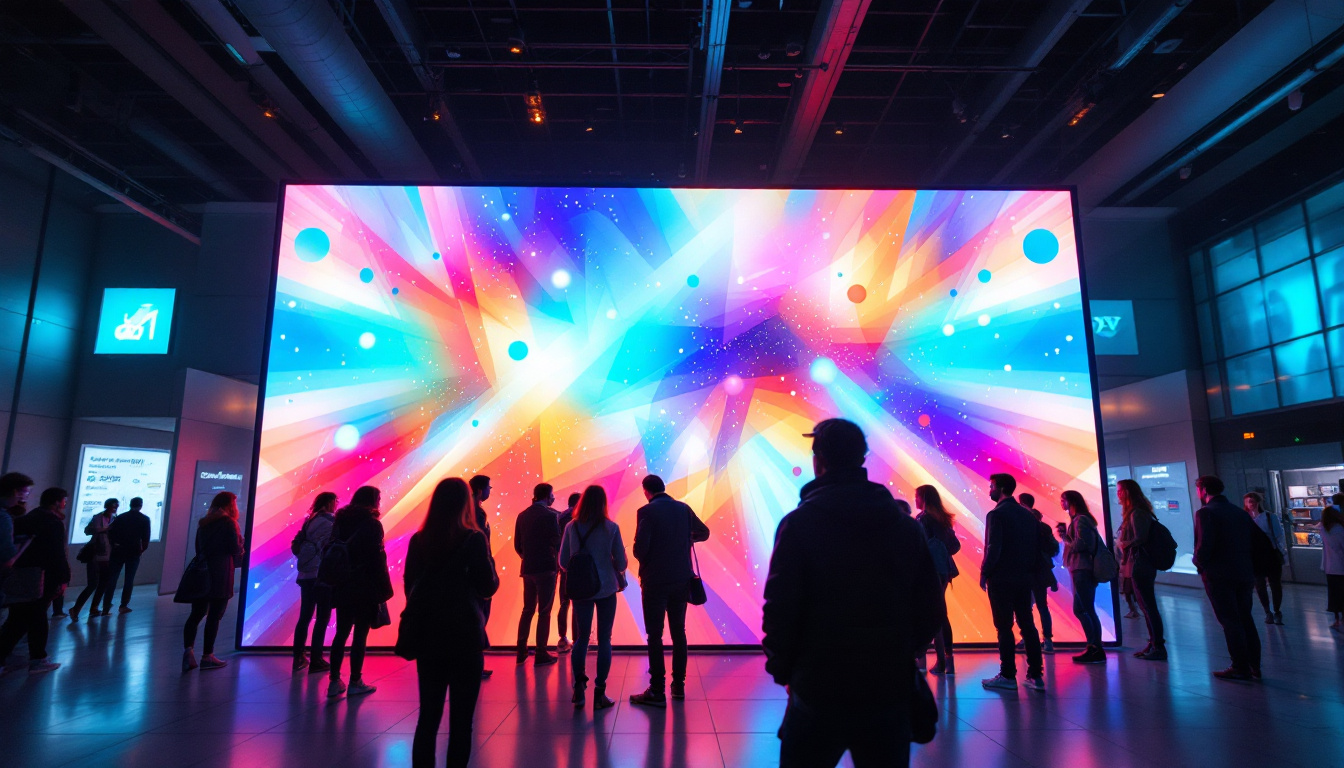The 16×9 monitor format has become a standard in the world of displays, particularly in the realm of televisions, computer monitors, and mobile devices. This aspect ratio, which translates to a width that is 16 units for every 9 units of height, is widely recognized for its ability to deliver an immersive viewing experience. Coupled with LED technology, these monitors offer vibrant colors, sharp images, and energy efficiency. This article delves into the intricacies of 16×9 monitors, focusing on LED display technology and its implications for users.
Understanding the 16×9 Aspect Ratio
The 16×9 aspect ratio has become synonymous with modern visual media. It is the format used for high-definition television broadcasts, Blu-ray discs, and most streaming services. This section explores the significance of this aspect ratio in various applications.
Historical Context
The transition to the 16×9 aspect ratio began in the late 1990s as the industry shifted from the traditional 4×3 format, which was prevalent in older televisions. The 16×9 ratio was adopted to accommodate widescreen films and enhance the viewing experience for cinematic content. As technology advanced, this format became the standard for both televisions and computer displays.
With the rise of high-definition content, the 16×9 aspect ratio allowed for a more immersive experience, providing viewers with a wider field of vision. This change was not only aesthetic but also functional, as it enabled better utilization of screen space for multitasking and gaming.
Applications in Modern Media
Today, the 16×9 aspect ratio is ubiquitous in various forms of media. Whether it’s a YouTube video, a Netflix series, or a video game, this format is designed to enhance viewer engagement. The widescreen layout allows for more dynamic storytelling, as filmmakers and content creators can utilize the additional horizontal space to frame their shots more effectively.
Moreover, the 16×9 format is also beneficial for productivity. Many users prefer widescreen monitors for tasks such as video editing, graphic design, and data analysis, as the extra width allows for better organization of multiple windows and applications.
What is LED Display Technology?
LED, or Light Emitting Diode, technology has revolutionized the way displays are manufactured and utilized. Understanding how LED displays work is crucial to appreciating the advantages they provide in 16×9 monitors.
How LED Displays Function
LED displays consist of numerous tiny diodes that emit light when an electric current passes through them. In the context of monitors, these diodes are used either as a backlight for LCD screens or as the primary source of light in OLED displays. The technology allows for greater brightness and color accuracy compared to traditional display methods.
One of the primary benefits of LED displays is their energy efficiency. They consume significantly less power than older technologies, such as cathode ray tubes (CRT) or even traditional LCDs. This efficiency not only reduces electricity costs but also contributes to a lower carbon footprint.
Types of LED Displays
There are several types of LED displays, each with its own unique characteristics. The most common types include:
- Edge-Lit LED: In this configuration, LEDs are placed around the edges of the screen, providing backlighting to the LCD panel. This design allows for thinner monitors but may result in uneven brightness.
- Direct-Lit LED: Here, LEDs are placed directly behind the LCD panel, providing more uniform brightness and better contrast ratios. This type is often found in higher-end monitors.
- OLED: Organic Light Emitting Diodes represent a significant advancement in display technology. Each pixel emits its own light, allowing for true blacks and vibrant colors. OLED displays are known for their superior image quality but can be more expensive.
Advantages of 16×9 LED Monitors
Choosing a 16×9 LED monitor comes with a multitude of advantages that cater to both casual users and professionals alike. Understanding these benefits can help consumers make informed decisions when purchasing a monitor.
Enhanced Visual Quality
One of the most significant advantages of LED technology is the enhanced visual quality it offers. LED displays are capable of producing brighter images with a wider color gamut, making them ideal for watching movies, playing games, or working on graphic design projects. The contrast ratios in LED monitors are also superior, allowing for deeper blacks and more vibrant colors.
This enhanced visual quality is particularly noticeable in darker scenes, where traditional displays may struggle to show detail. With LED technology, users can enjoy a more immersive experience, whether they are watching the latest blockbuster or playing a visually demanding video game.
Energy Efficiency and Longevity
LED monitors are known for their energy efficiency, consuming less power than their LCD and CRT counterparts. This efficiency not only translates to lower energy bills but also contributes to a more sustainable environment. Many LED monitors are designed to meet energy-saving certifications, which can be a deciding factor for eco-conscious consumers.
In addition to being energy-efficient, LED displays also boast a longer lifespan. While traditional monitors may require replacement after a few years, LED technology can last significantly longer, making it a cost-effective investment in the long run.
Versatility in Use
The versatility of 16×9 LED monitors makes them suitable for a wide range of applications. From gaming and graphic design to office work and casual browsing, these monitors adapt well to various tasks. The widescreen format allows for multitasking, enabling users to have multiple applications open side by side without compromising visibility.
Furthermore, the lightweight design of LED monitors makes them easy to mount on walls or move around, adding to their practicality in both home and office settings. This adaptability is a significant advantage in today’s fast-paced world, where flexibility is often key to productivity.
Choosing the Right 16×9 LED Monitor
With the myriad of options available in the market, selecting the right 16×9 LED monitor can be a daunting task. Several factors should be considered to ensure that the chosen monitor meets the user’s specific needs.
Resolution Considerations
Resolution is one of the most critical factors to consider when purchasing a monitor. The most common resolutions for 16×9 monitors include Full HD (1920×1080), Quad HD (2560×1440), and 4K Ultra HD (3840×2160). Higher resolutions provide sharper images and are particularly beneficial for tasks that require detailed visuals, such as video editing or gaming.
For general use, a Full HD monitor may suffice, but for those seeking the best visual experience, investing in a 4K monitor can be worthwhile. It is essential to match the resolution with the intended use to ensure optimal performance.
Refresh Rate and Response Time
Refresh rate and response time are crucial specifications for gamers and professionals who require smooth motion and quick response times. The refresh rate, measured in hertz (Hz), indicates how many times the display refreshes per second. A higher refresh rate, such as 144Hz or 240Hz, results in smoother visuals, particularly in fast-paced games.
Response time, measured in milliseconds (ms), refers to how quickly a pixel can change from one color to another. A lower response time reduces motion blur and ghosting effects, enhancing the overall gaming experience. For competitive gamers, monitors with a refresh rate of 144Hz or higher and a response time of 1ms are often preferred.
Connectivity Options
Connectivity is another important aspect to consider. Modern 16×9 LED monitors come equipped with various ports, including HDMI, DisplayPort, USB-C, and VGA. Ensuring that the monitor has the necessary ports for connecting to devices such as laptops, gaming consoles, and external storage is essential for seamless integration into a setup.
Additionally, some monitors offer built-in features such as USB hubs or audio outputs, which can enhance usability and reduce cable clutter. Assessing connectivity needs beforehand can save users from potential compatibility issues down the line.
Common Use Cases for 16×9 LED Monitors
16×9 LED monitors serve a variety of purposes across different sectors. Understanding these use cases can help users identify the best monitor for their needs.
Gaming
For gamers, a 16×9 LED monitor is often the centerpiece of their setup. The combination of high refresh rates, low response times, and vibrant colors creates an immersive gaming experience. Many gamers opt for monitors with adaptive sync technologies, such as NVIDIA G-SYNC or AMD FreeSync, to eliminate screen tearing and ensure smooth gameplay.
Furthermore, the widescreen format allows for a broader field of view, enhancing situational awareness in competitive gaming scenarios. Whether playing single-player adventures or engaging in multiplayer battles, a quality 16×9 LED monitor can significantly impact performance.
Professional Workstations
In professional environments, 16×9 LED monitors are invaluable tools for productivity. Graphic designers, video editors, and data analysts benefit from the enhanced color accuracy and detail that these monitors provide. The widescreen format allows for efficient multitasking, enabling professionals to work on multiple applications simultaneously.
Additionally, many monitors come with features such as color calibration tools and adjustable stands, catering to the specific needs of creative professionals. Investing in a high-quality monitor can lead to improved workflow and better results in professional projects.
Home Entertainment
For home entertainment, a 16×9 LED monitor can double as a television and a computer display. With the rise of streaming services, many users prefer to watch movies and shows on larger screens. The vivid colors and sharp images of LED technology enhance the viewing experience, making it ideal for binge-watching favorite series or enjoying movie nights with family and friends.
Moreover, many monitors support smart features, allowing users to access streaming platforms directly without the need for additional devices. This convenience makes 16×9 LED monitors a versatile choice for modern home entertainment setups.
Conclusion
The 16×9 monitor format, combined with LED display technology, offers a plethora of advantages for users across various applications. From enhanced visual quality and energy efficiency to versatility in use, these monitors cater to the needs of gamers, professionals, and casual users alike. When selecting a monitor, it is essential to consider factors such as resolution, refresh rate, and connectivity options to ensure the best fit for individual requirements.
As technology continues to evolve, the 16×9 LED monitor remains a cornerstone in the world of displays, providing an immersive experience that meets the demands of modern media consumption and productivity. Whether for gaming, professional work, or home entertainment, investing in a quality 16×9 LED monitor is a decision that can significantly enhance the overall user experience.
Discover LumenMatrix LED Display Solutions
Ready to elevate your visual experience with the latest in LED display technology? Look no further than LumenMatrix, a pioneer in crafting LED displays that bring your content to life. Whether you’re gaming, creating, or captivating an audience, our range of innovative solutions from Indoor LED Walls to Custom LED Displays are designed to meet your every need. Don’t miss out on the opportunity to transform your visual communication. Check out LumenMatrix LED Display Solutions today and see the difference for yourself!

